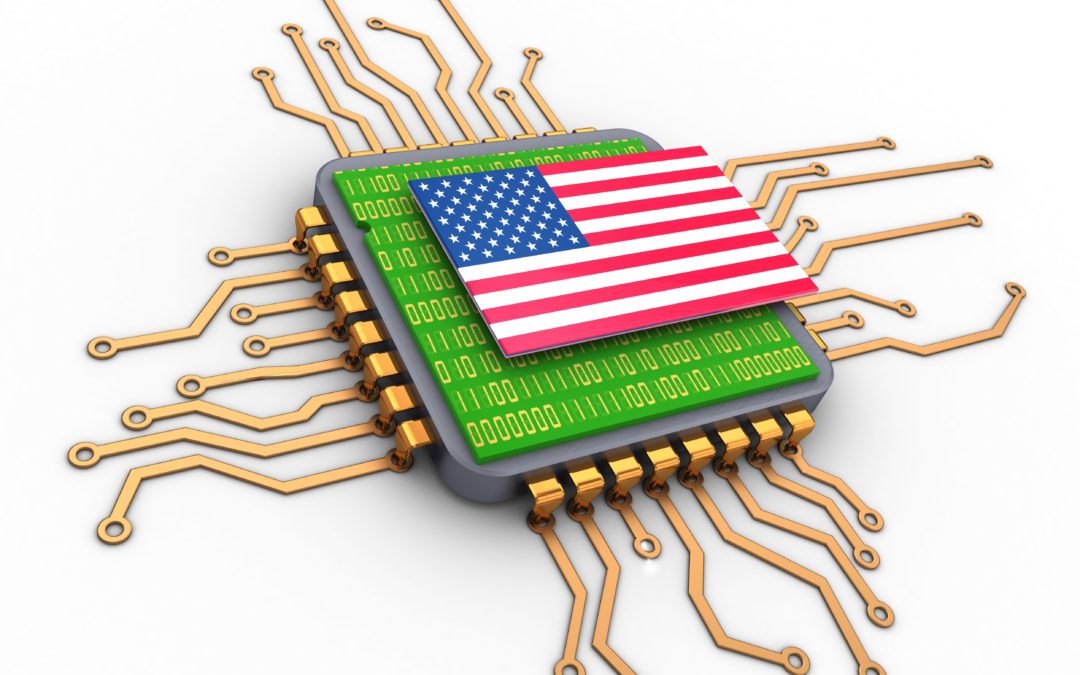President Trump has made expanding American manufacturing and creating new manufacturing jobs a high priority. To achieve these goals, the United States must develop and deploy 21st century transformative manufacturing technologies at a rate that matches or exceeds our global manufacturing competitors. Manufacturing USA can play a pivotal role in advancing these technologies to U.S. industry.
What is Manufacturing USA? Manufacturing USA is a network comprised currently of 14 Manufacturing
Innovation Institutes. The Departments of Commerce, Defense and Energy committed to invest $1 billion in these institutes, matched by more than $2 billion from institute partners. About 2,000 companies, government agencies,non-profits, and academic institutions are involved in the institutes.
 Each institute is designed to build U.S. leadership in critical emerging manufacturing technologies. Companies, universities, training institutions and Federal laboratories collaborate to bridge the gap between research and product development. Many of the institutes are advancing enabling technologies that will have widespread application across multiple industries such as advanced materials, additive manufacturing, technical fibers and textiles, digital design and manufacturing, lightweight metals, and smart manufacturing.
Each institute is designed to build U.S. leadership in critical emerging manufacturing technologies. Companies, universities, training institutions and Federal laboratories collaborate to bridge the gap between research and product development. Many of the institutes are advancing enabling technologies that will have widespread application across multiple industries such as advanced materials, additive manufacturing, technical fibers and textiles, digital design and manufacturing, lightweight metals, and smart manufacturing.
The institutes could also fuel start-ups, attract foreign investment to our shores, and serve as anchors for industry clusters that create new manufacturing capabilities and industrial capacity in the United States.
What challenges do the Manufacturing Innovation Institutes solve? Many small companies, start-ups, and university researchers have promising innovations, but lack either the technical expertise, access to expensive and sophisticated equipment and facilities, and/or financial resources needed to demonstrate, test, and pilot produce their inventions. They therefore cannot validate product performance and cost, a necessary step to attract commercial financing and prior to scaling manufacturing. As a result, these promising technologies can fall into the “Valley of Death,” slowing or halting their commercialization, and raising their vulnerability to foreign acquisition.
The institutes take aim at this gap, providing shared manufacturing facilities, and working to bring new technologies to a higher level of readiness and lowering their risk to a level that can attract private investment, move them toward commercialization and deployment, and drive job creation. This support is vital, since the vast majority of manufacturing firms in the United States—200,000 of them—are small firms. The Manufacturing Innovation Institutes could help thousands of these firms leverage advances in manufacturing technology that can make them more competitive, and help keep next generation technologies in the United States.
Early successes show the Manufacturing Innovation Institutes are strengthening U.S. manufacturing, and attracting billions in private investment to their regions.
 Manufacturing USA answers challenges presented by our competitors who are racing to become advanced manufacturing powerhouses. U.S. competitors around the world are developing new policies and programs to substantially strengthen their competitive positions in advanced manufacturing. For example:
Manufacturing USA answers challenges presented by our competitors who are racing to become advanced manufacturing powerhouses. U.S. competitors around the world are developing new policies and programs to substantially strengthen their competitive positions in advanced manufacturing. For example:
- Made in China 2025 (MIC 2025) is a ten-year plan to make China a global advanced manufacturing leader. MIC 2025 targets ten strategic industries that constitute nearly 40 percent of China’s industrial value-added manufacturing. Investments include:
- $3 billion advanced manufacturing industry investment fund;
- $6 billion national fund to invest in strategic, emerging, and high tech industries;
- $150 billion to finance investment for mergers and acquisitions of companies and technologies in the semiconductor industry;
- $45 billion to provide financial support for implementing the MIC 2025 plan; and
- $428 billion to support hundreds of MIC 2025 projects in Chinese provinces
- The industrial pillar of the EU’s Horizon 2020 research program commits more than $14 billion annually to secure leadership in enabling and industrial technologies. This investment focuses on technologies at a stage similar to those targeted by the U.S. manufacturing innovation institutes.
- Germany’s 70 Fraunhofer Institutes are funded at about $2 billion annually. These support small and medium sized enterprises in their efforts to translate research into commercial products and industrial processes, including enabling companies to test equipment and processes on pilot manufacturing lines.
- South Korea is investing $2.7 billion in robotics alone.
 The Trump Administration can advance its goals for U.S. manufacturing by supporting and extending the Manufacturing USA network. U.S. industry and Federal partners already have identified areas of critical technology that could also be advanced through new institutes including cybersecurity for manufacturing; advanced machine tools and control systems; materials for harsh service conditions; high-value roll-to-roll manufacturing; and assessment and certification of products and manufacturing processes through 3-D models, virtual prototyping and virtual testing. Advanced sensors are among the top technologies of interest to industry.
The Trump Administration can advance its goals for U.S. manufacturing by supporting and extending the Manufacturing USA network. U.S. industry and Federal partners already have identified areas of critical technology that could also be advanced through new institutes including cybersecurity for manufacturing; advanced machine tools and control systems; materials for harsh service conditions; high-value roll-to-roll manufacturing; and assessment and certification of products and manufacturing processes through 3-D models, virtual prototyping and virtual testing. Advanced sensors are among the top technologies of interest to industry.
Kelly Carnes is President and CEO of TechVision21, an award-winning woman-owned business strategy firm based in Washington, D.C. that focuses on advancing clients’ technology initiatives and interests, and helping companies identify and pursue Federal funding and business opportunities. TechVision21 clients include Fortune 500 companies, cutting-edge technology start-ups, Federal and state agencies, coalitions and consortia, universities, economic developers and non-profit organizations. www.techvision21.com.

